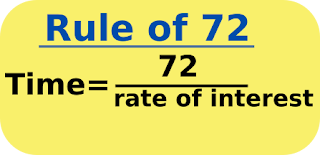Purity Test of Purified Water (For School & College level lab practical)
Purity Test of Purified Water Requirement : Test tube, test tube holder, test tube rack, labeling materials (pen, paper, scissors, gum). Reagent : Litmus paper (red and blue), BaCl 2 , AgNO 3 , Ammonium Oxalate, NH 4 OH, Nessler's Reagent, Sodium Sulfide, Ingredients: Supplied purified water. Procedure: Experiment 1: Some amount of purified water is taken in a test tube. Observation : Clean, colorless, odorless. Inference : May be pure. Experiment 2: Litmus Test: Some amount of purified water is taken in a clean test tube. (a) A blue litmus paper is dipped into the solution. (b) A red litmus paper is dipped into the solution. Observation : (a) The colour of blue litmus paper is not changed. (b) The colour of red litmus paper is not changed. Inference : (a) Absence of Acid. (b) Absence of alkali. Experiment 3: Some amount of purified water is taken in a test tube. Few drops of BaCl 2




